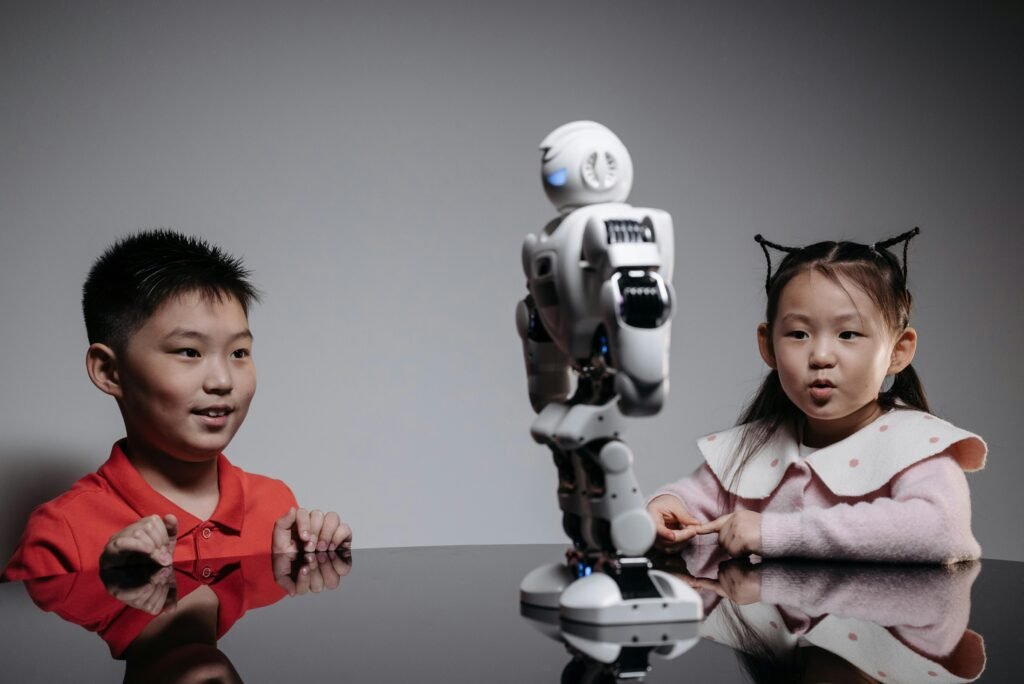🚀 AI vs ML vs Deep Learning: 7 Key Differences You Must Understand in 2025
The world of artificial intelligence can be confusing. You hear about AI, machine learning (ML), and deep learning (DL) everywhere—but what do they really mean?
This 2025 guide from AiBlogQuest.com explains the core differences between AI vs ML vs Deep Learning so you know exactly how these technologies are related and how they differ.
🧠 1. What Is AI (Artificial Intelligence)?
AI is the broadest concept—it refers to any machine or system that mimics human intelligence. That includes reasoning, learning, problem-solving, and decision-making.
Examples:
-
Chatbots
-
Smart assistants (like Alexa, Siri)
-
AI-powered navigation apps
💡 AI is the umbrella under which ML and Deep Learning fall.
🤖 2. What Is ML (Machine Learning)?
Machine Learning is a subset of AI that allows machines to learn from data. Instead of being explicitly programmed, ML models improve their performance over time by learning patterns.
Popular ML applications:
-
Spam detection
-
Fraud detection
-
Product recommendations
📚 Related: Top Machine Learning Algorithms to Know in 2025
🧠 3. What Is Deep Learning?
Deep Learning is a subset of Machine Learning. It mimics how the human brain works by using neural networks. These models can learn from vast amounts of data without human supervision.
Used in:
-
Facial recognition
-
Self-driving cars
-
Voice assistants like ChatGPT
🔍 4. Structure & Complexity
| Technology | Description | Data Dependency | Complexity |
|---|---|---|---|
| AI | Simulates human intelligence | Moderate | Medium |
| ML | Learns from structured data | High | High |
| Deep Learning | Learns from unstructured big data | Very High | Very High |
Deep learning models require more computational power and data than ML and AI models.
📊 5. Data Needs
-
AI: Can work with small rule-based datasets
-
ML: Needs structured, labeled data
-
Deep Learning: Requires huge datasets (images, text, video)
📈 6. Human Involvement
-
AI: Rules and logic are programmed
-
ML: Requires feature engineering by humans
-
Deep Learning: Minimal human involvement after model setup
DL models automatically extract features from raw data—a big step forward in automation.
🛠️ 7. Real-World Examples
| Task | Uses AI | Uses ML | Uses Deep Learning |
|---|---|---|---|
| Email classification | ✅ | ✅ | ❌ |
| Image recognition | ✅ | ✅ | ✅ |
| ChatGPT / Large Language Models | ✅ | ✅ | ✅ |
| Netflix recommendations | ✅ | ✅ | ✅ |
| Self-driving technology | ✅ | ✅ | ✅ |
🔗 Useful Links from AiBlogQuest.com
❓ FAQ: AI vs ML vs Deep Learning
Q1. Is machine learning the same as AI?
No. Machine learning is a subset of AI—AI is the broader field that includes all smart systems, not just those that learn from data.
Q2. Is deep learning more powerful than ML?
Yes, especially with large unstructured datasets. But deep learning requires more computational resources and training data.
Q3. Can I learn AI without coding?
Yes! Tools like Teachable Machine, Lobe, and Runway ML allow no-code experimentation.
Q4. What’s the most important technology in 2025?
Deep Learning is powering today’s most advanced AI systems—including ChatGPT, autonomous vehicles, and medical imaging tools.
Q5. Where should I start learning?
Start with machine learning, then explore deep learning once you’re comfortable with the basics.
🏁 Final Thoughts
Understanding AI vs ML vs Deep Learning is essential in today’s tech world. These three technologies are changing how we work, communicate, and live—and now you know the key differences.
📌 Continue your learning journey at AiBlogQuest.com, where AI is made simple.
🏷️ Tags:
AI vs ML vs Deep Learning, difference between AI ML and deep learning, ai terms explained, machine learning vs deep learning, aiblogquest



